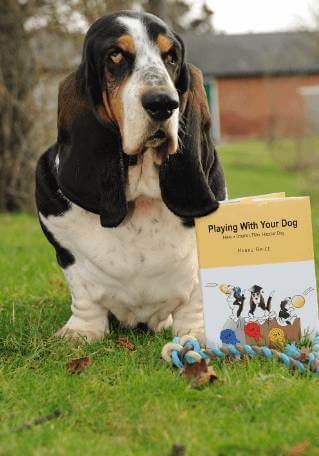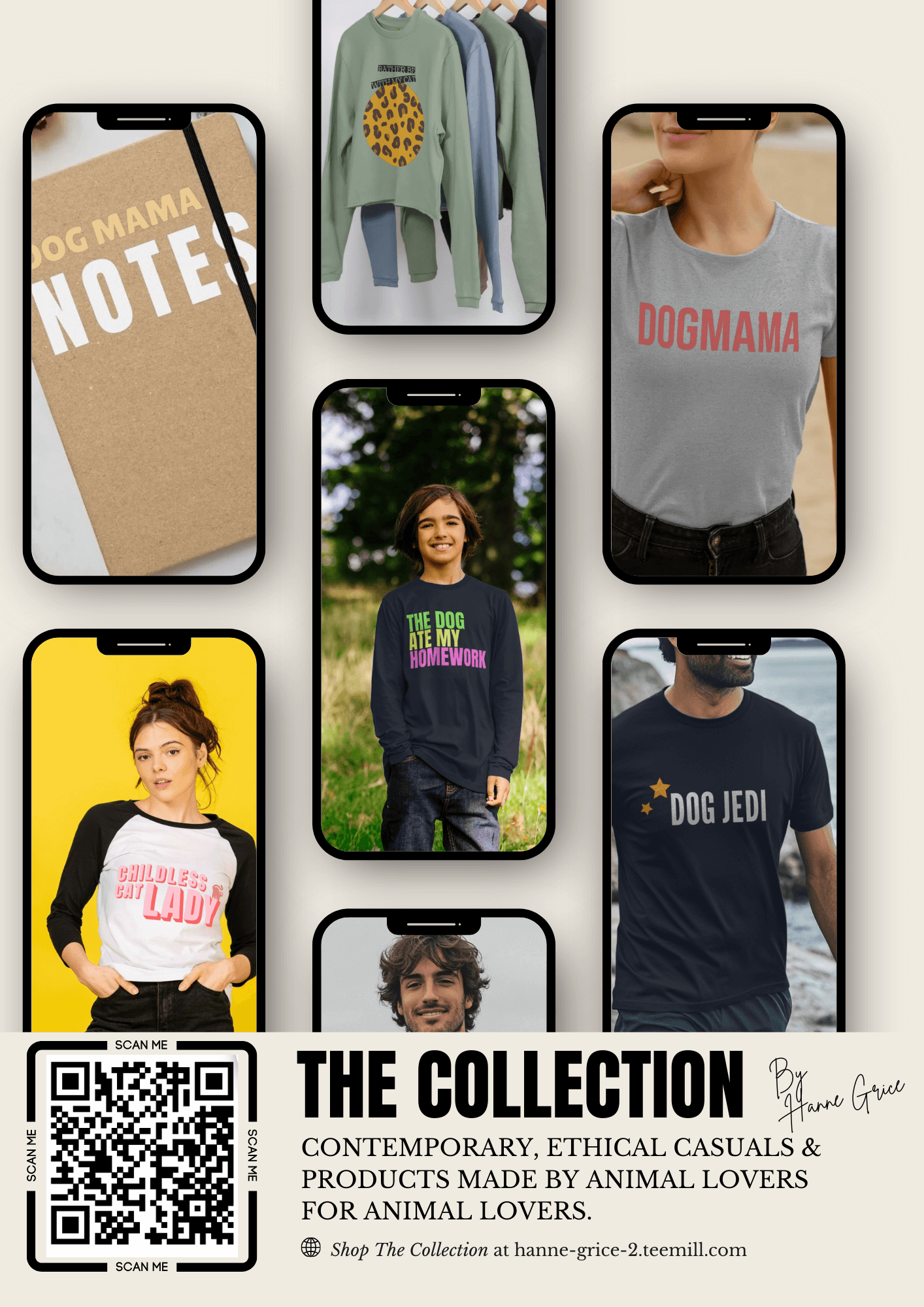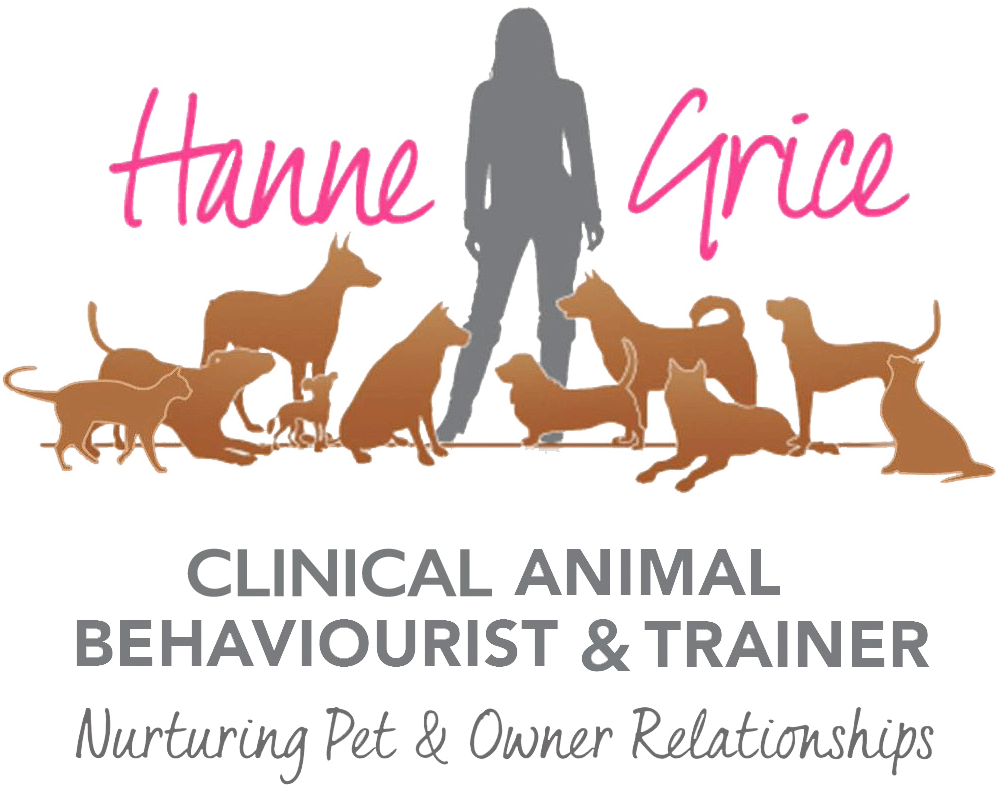
Understanding the emotions and behaviours of pets has moved beyond observation, assessment and intuition thanks to ground-breaking research in animal neuroscience. By using innovative brain imaging techniques, scientists are unlocking the secrets of how animals think, feel, and interact, providing invaluable insights for animal guardians.
Animal brains and scans
Historically, brain scans of animals were performed either on dead brains or with animals under sedation. This limits researchers to static images of inactive brains. Awake brain scans revolutionise this approach by capturing live, dynamic brain activity. This enables researchers to study how animals process emotions, recognise faces, or react to familiar voices in real time, delivering a clearer understanding of their mental states.
Gregory Berns, a neuroscientist at Emory University, broke new ground in 2012 by conducting the first successful brain scans of awake dogs. Using positive reinforcement training, Berns and his colleagues taught dogs to willingly enter MRI machines and remain still during the procedure.
Berns’ work revealed that dogs experience emotions similar to humans, such as love, joy, and anticipation. He found the reward centres of dogs’ brains activate when they hear their owner’s voice or smell a familiar scent. This research highlighted to emotional complexity of dogs and helped further our understanding of their bonds with humans.
Cats join the brain imaging revolution
Cats have long posed a challenge for researchers as they can be a little more tricky when it comes to training. However, recent breakthroughs have made studying cats’ brains more feasible. Scientists have developed crochet hats embedded with electrodes to monitor brain activity without requiring cats to remain perfectly still in confined spaces.
A study led by Delsart et al. (2024) at the Université de Montréal introduced these specially designed hats to see if researchers could capture brain activity while the cats were awake and moving naturally and to understand how their brains respond to different types of sensory experiences.
The researchers gently placed these lightweight electrode-embedded knitted hats on the cats’ heads to track brain signals. Using desensitisation and positive reinforcement training, the lightweight hats were gradually introduced to cats to ensure they were comfortable during the process. This then allowed the researchers to record how the cats’ brains reacted to touch, smells, and light colours.
What did they find? When exposed to certain smells like grapefruit which reliably got the cats’ attention, the researchers detected clear brain responses showing how the cats processed the scent. They also found that blue light created unique brain activity patterns compared to green or red light. These discoveries suggest cats’ brains respond to their environment in more complex ways than previously thought.
Research into animal brain activity offers a number of practical benefits for pet owners, from developing stronger bonds, improving our training protocols, reducing cat stress, and gaining insights into their health. For example, brain scans help us better understand how animals perceive emotions – seeing in real-time the brain changes that occur when dogs or cats process human facial expressions highlights the importance of positive social interaction. Brain scans can also identify how pets react to triggers like separation from an owner/guardian, sudden loud noises, or different scents, showing the importance of creating environments that minimise pet stress (e.g., establishing a chill-out zone, calming music playing to mask ambient sounds, enrichment toys, etc.). And, advanced brain imaging helps in diagnosing neurological conditions, paving the way for better treatment options for our pets.
What’s next for brain scans and pets?
As technology progresses, portable tools like EEG devices and near-infrared spectroscopy (fNIRS) will help make animal brain imaging even more accessible and precise. These innovations will allow researchers to study animals in natural environments, providing more accurate insights into their cognitive and emotional worlds.
The recent success of creating crochet electrode hats for cats shows how, with a little creativity and persistence, we can broaden the scope of animal neuroscience and uncover more information about the inner lives of pets. This approach not only furthers our understanding of sensory processing and chronic pain in cats but also opens new avenues for developing tailored therapeutic strategies.
References
- Delsart, A., Castel, A., Guillaume, D., Otis, C., Lachance, M., Barbeau Grégoire, M., Lussier, B., Péron, F., Hébert, M., Lapointe, N., Moreau, M., Martel-Pelletier, J., Pelletier, J-P., Troncy, E. (2024) Non-invasive electroencephalography in awake cats: Feasibility and application to sensory processing in chronic pain. Journal of Neuroscience Methods. 411: 110254. https://doi.org/10.1016/j.jneumeth.2024.110254
- Grice, H. (2023a) Exploring the Emotional World of Dogs: Insights from MRI Scans on Love, Joy, Fear, and Their Practical Applications for Dog Owners. Available at Exploring the Emotional World of Dogs: Insights from MRI Scans on Love, Joy, Fear, and Their Practical Applications for Dog Owners – Hanne Grice Pet Training & Behaviour (Accessed 30 December 2024).
- Grice, H (2023b) How Do Dogs Show Their Love? A Scientific Exploration. Available at How Do Dogs Show Their Love? A Scientific Exploration – Hanne Grice Pet Training & Behaviour (Accessed 30 December 2024).
- Straight Arrow News (2024) Researchers unlock new secrets to improving cat health using crochet hats: YouTube. Available at Researchers unlock new secrets to improving cat health using crochet hats – YouTube (Accessed 1 November 2024).
Learn more about our classes

Get Hanne's book, clothing and more
Hanne has a number of publications including her book Playing With Your Dog to help owners work out the games that are best suited for their pet to play throughout his life, from puppyhood to old age, available from Amazon. Check out Hanne's range of contemporary casuals The Collection – for pet lovers made from recyclable, organic materials that are sustainably sourced.

